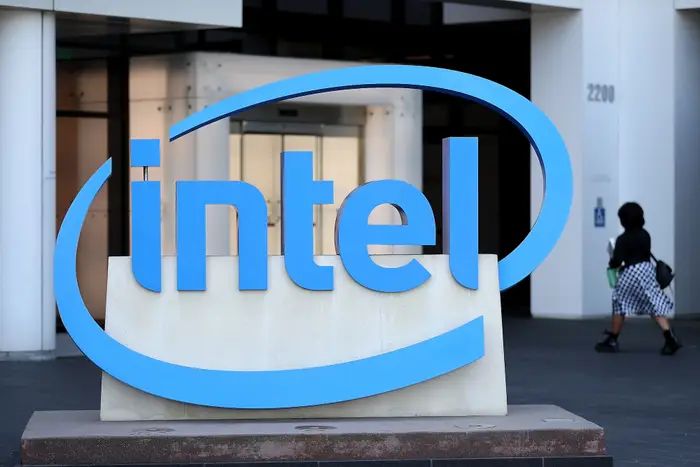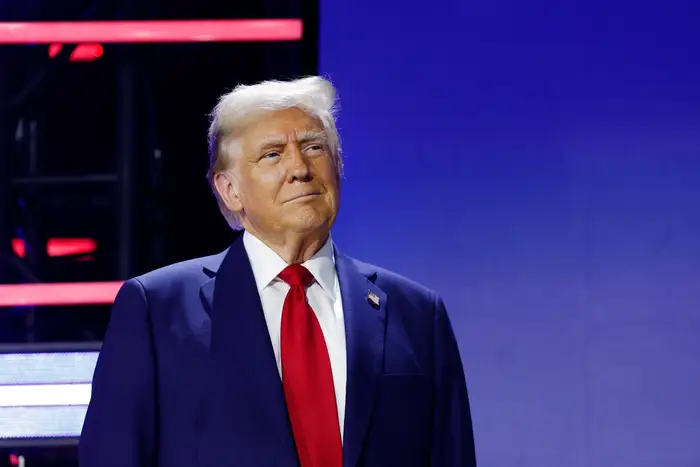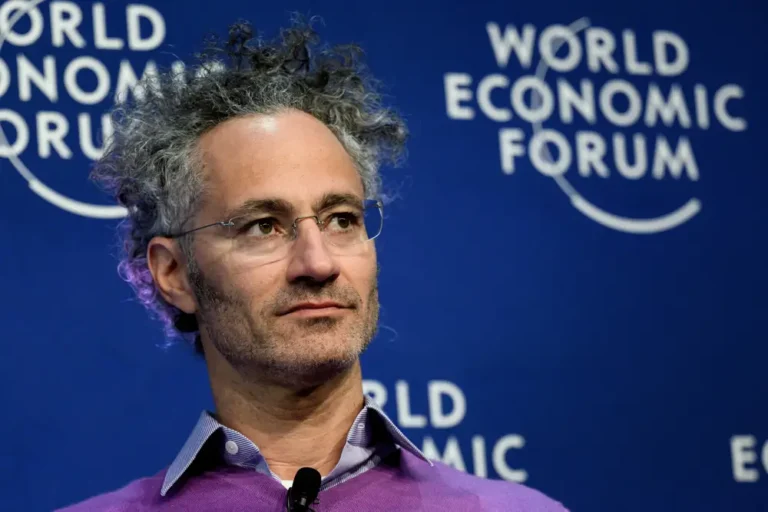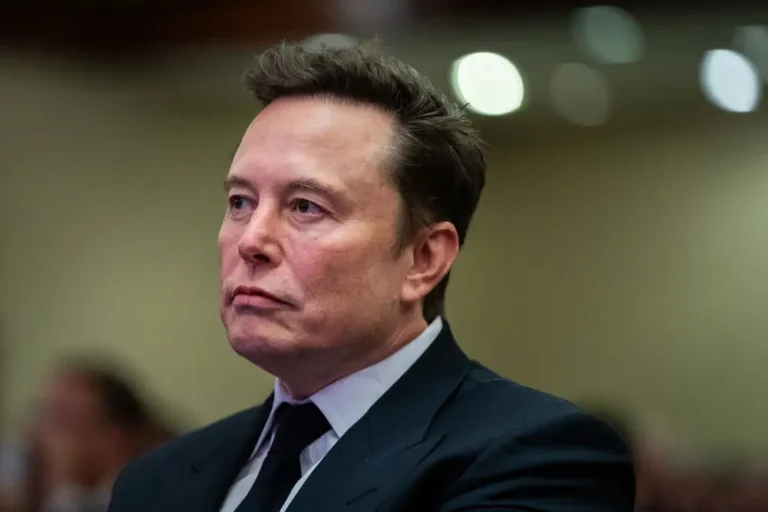Pat Gelsinger inherited major problems at Intel. Its next CEO may have to navigate worse.

Pat Gelsinger inherited major problems at Intel. Its next CEO may have to navigate worse.
Intel’s shock announcement that Pat Gelsinger is retiring has thrown the storied chip firm’s future into deep uncertainty. Its interim leaders and next CEO must now pick up the pieces of a turnaround plan designed to fix a business in turmoil, play catch-up in a lucrative AI race, and navigate Donald Trump’s second term.
The mission assigned to Pat Gelsinger when he took over Intel as CEO in 2021 was to restore the then 52-year-old company to relevancy. Its business of designing and manufacturing chips — once industry-leading — was struggling. It had to contend with Big Tech customers pushing forward with their own designs and production setbacks from manufacturing woes.
Now, the challenges are even greater. It has failed to capitalize on the generative AI boom that has enriched rivals like Nvidia and TSMC. It is also struggling to make the case as a “national champion” of US industry at a time when chipmaking is becoming increasingly critical to the nation’s future prosperity.
In October, Intel announced a net loss of $16.6 billion in its third-quarter earnings. That added to a loss in its second quarter when the company suspended its dividend and announced a 15% head count reduction. The market has not reacted kindly. Since the start of the year, the chip giant has lost half its value, sinking to a market capitalization of $103 billion.
Following Gelsinger’s exit on Monday, which Bloomberg reported followed a clash with the board, it’s on Intel’s interim co-CEOs —company executives David Zinsner and Michelle Johnston — and its future leader to overcome these problems.
Closing the AI gap
In 2006, Intel’s then-CEO Paul Ottelini famously turned down an offer from Steve Jobs to make chips for the iPhone. Intel’s move to shun the smartphone market back then has been replayed in the AI boom. “It hung on to PCs for too long and ignored what Nvidia was doing,” said Peter Cohan, associate professor of Management Practice at Babson College. “By the time Intel began to work on AI chips, it was too late, and the company had basically no market share.”
Though Intel has tried to play catch up, it has struggled to deliver. Analysts and researchers point to a few reasons.
Hamish Low, a research analyst at Enders Analysis, told B-17 that Intel has had issues during Gelsinger’s tenure getting operations ready for the AI boom while dealing with the internal challenges of separating its foundry division from its design business.
“This long, drawn out corporate process of trying to get your own house in order, when that’s your focus — clearly generative AI just skipped right by,” Low told B-17.
He added that Intel was long known as “the x86 CPU company,” referring to its architecture for more general computer chips. The AI world runs on chips known as GPUs, loaded into servers, so trying to shift focus while restructuring the business proved tough.
“When it suddenly is GPUs and accelerated computers, it was always going to be a tough challenge to pivot into doing those kinds of server GPU chips,” he said.

Intel’s AI chips have struggled to make ground on Nvidia, the market leader.
Intel has felt the pains of this pivot. Its line of AI chips, known as Gaudi, has paled compared to offerings from competitors like Nvidia. In an October earnings call, Gelsinger shared that the company “will not achieve our target of $500 million in revenue for Gaudi in 2024.”
“They’re in this awkward position where their server-side chips are just too subscale to ever really gain meaningful market share,” Low said. “It’s hard to see who the real customers for those would be.”
Daniel Newman, the CEO of research firm The Futurum Group, said that Intel has struggled because it didn’t “count on the democratization of silicon.” Companies like Microsoft and Google have been designing their own chips, which has further limited Intel’s market.
“They all went down the path of making their own investments and bets on silicon, so what was left was this second-tier enterprise market,” Newman told B-17. “If you look at the enterprise market, they’re not buying a lot of AI silicon yet.”
Making the case as a national champion
The other big challenge facing Intel’s next leaders is proving that the company is capable of being a “national champion” of US chipmaking. That won’t be straightforward.
Doing so will require strengthening its fab manufacturing business, which The Futurum Group’s Newman notes is no easy feat. “Standing up a successful fab is not an overnight thing. This is a multi-year process,” he said.
A lot of the challenge, he said, was that success would require “quite a bit of customer acquisition” from potential customers who have seemed reluctant to shift high-volume production to Intel. As things stand, Intel is its own biggest customer for chip manufacturing.
That’s because everyone else largely turns to Taiwanese giant TSMC, which has grown more than 83% this year to a market capitalization of just over $1 trillion. Newman acknowledges that there’s an open question as to whether this is because TSMC has technological superiority. However, he sees a new Intel process called 18A being competitive following news in September that AWS was adopting it for a particular chip.
What’s more likely, he said, was that TSMC’s customers likely have the mindset of “TSMC’s not broken, why fix it?” If Intel wants to get serious about building a leading manufacturing business, then, it’ll need to find a way to take TSMC on.

Donald Trump has said tariffs could motivate chipmakers to invest in the US.
Trump, who committed to “strengthening American leadership” in AI during his first term in the White House — he issued an executive order in 2019 setting out key priorities — might offer a hand in his second term.
Over the years, the president-elect has emphasized a protectionist policy that puts US companies first. Given the critical importance of chipmaking to US industry and national security, he could look to throw weight behind Intel.
How that might happen is uncertain. Trump has previously criticized the CHIPS Act, which is set to give Intel $7.9 billion in grants to boost its domestic manufacturing capabilities. Instead, Trump has said he’d prefer tariffs as a tool to incentivize chip manufacturing on US soil.
In September, Intel announced plans to spin off its manufacturing unit into its own subsidiary. However, not everyone is convinced these moves will be enough.
Babson College’s Cohan told B-17 that he thinks “it is highly unlikely that Intel can be more successful than TSMC in making chips” without significant US government support.
“That company lacks the capital to do that on its own, and its knowledge of how to make Nvidia chips is way behind TSMC’s,” he said. “Why would Nvidia even choose to give up its relationship with TSMC for a less successful rival?”






